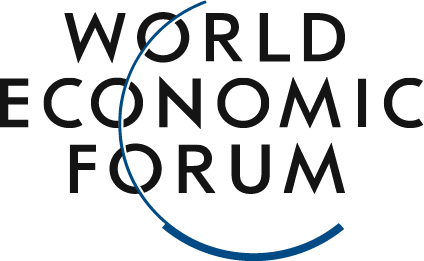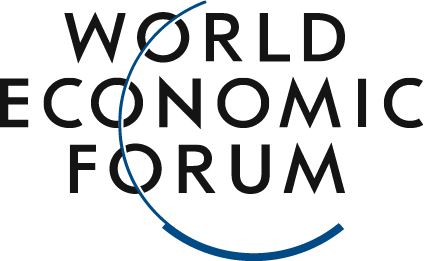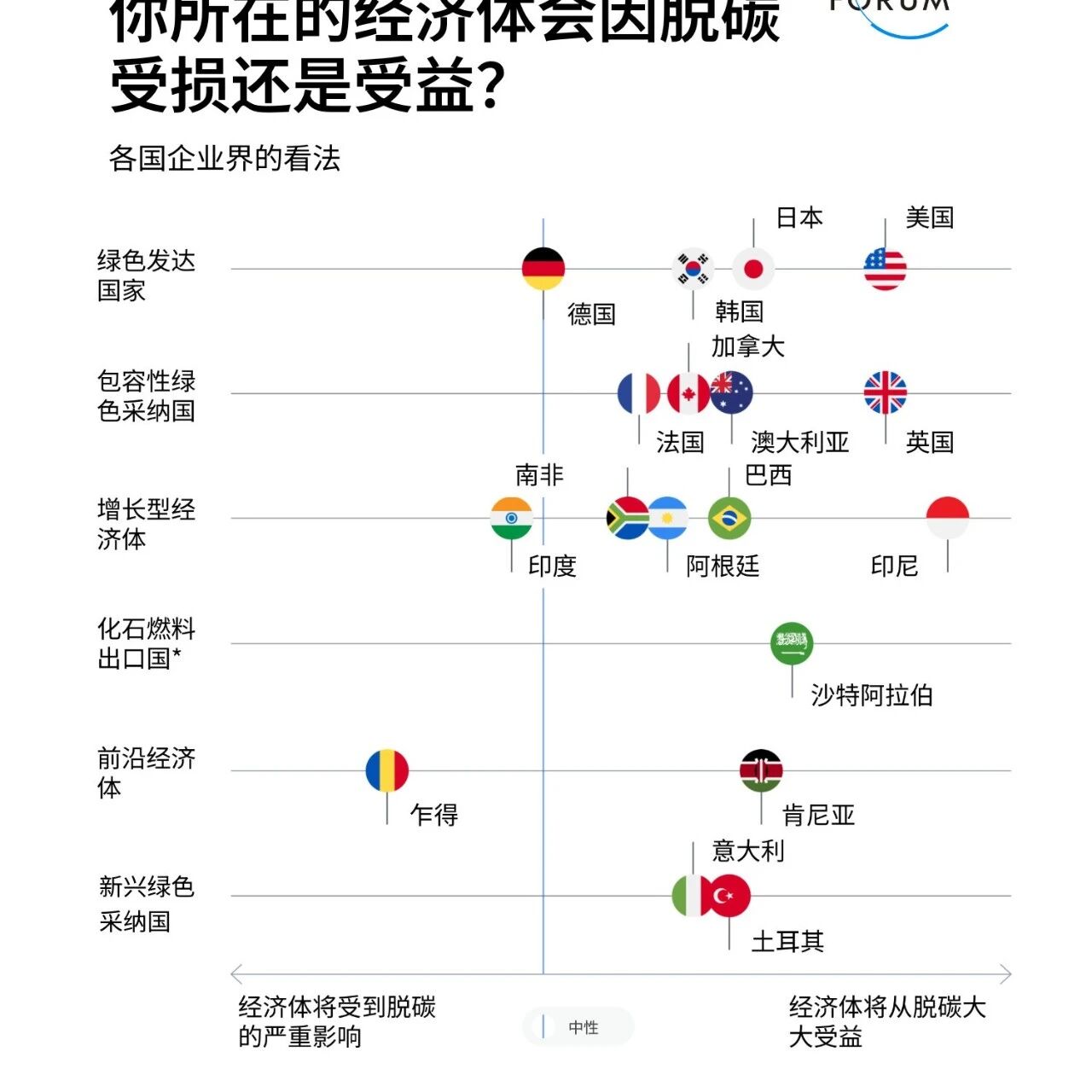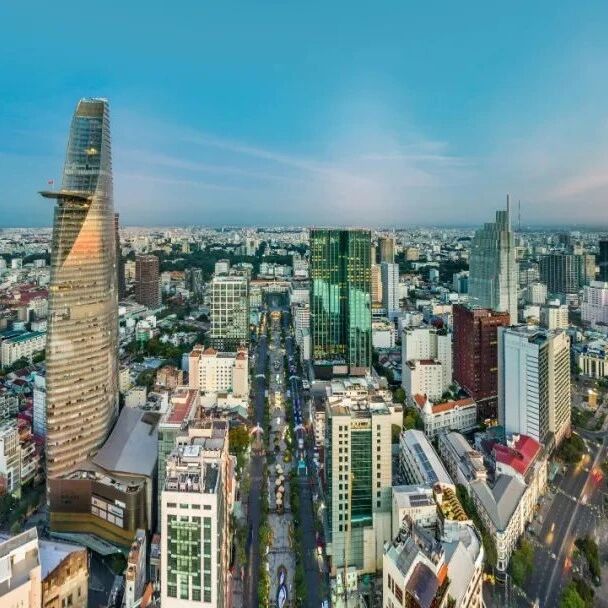Sustainable aviation fuel is one of the key technologies needed to decarbonize the aviation industry.
Image source:Unsplash/John McArthur
Giorgio Parolini
Global Head of Aviation Decarbonization at the World Economic Forum
Laia Barbarà
Head of Net-Zero Climate Strategy at the World Economic Forum
Singapore Airshow is Asia's largest aviation event. In 2024, the show unveiled key announcements regarding the industry's sustainable development.
Singapore's Civil Aviation Authority has just unveiled a major new initiative to kick off this event: starting in 2026, Singapore will impose a new tax on passengers departing from the country, aimed at supporting the adoption of sustainable aviation fuels.
This event focuses on both civil and military aviation, unfolding around three key areas. From the perspective of sustainable development, these areas are crucial for the aviation industry.
From February 20 to February 25, 2024, the biennial Singapore Airshow took place once again. As always, this year's aerobatic display kept adrenaline levels soaring.
As Asia's largest aviation event, this airshow also unveiled a series of announcements that are set to have a significant impact on the aviation industry—and the planet—over the coming years.This event focuses on both civil and military aviation, centering primarily around three key areas. Here are those three points—and their critical importance to the sustainable development of the aviation industry.1. Sustainable Aviation Fuel TaxSingapore's Civil Aviation Authority has just unveiled a major new initiative to kick off this event: starting in 2026, Singapore will impose a new tax on passengers departing from the country, with the funds earmarked to support the adoption of sustainable aviation fuels.Importance:Sustainable aviation fuel is widely regarded by the industry as one of the key technologies needed to achieve net-zero aviation, and it has grown increasingly popular over the past few years. Many airports and airlines are now eager to procure larger volumes of this alternative, sustainably produced fuel.However, sustainable aviation fuel production remains costly and limited in volume, so there is a need to further scale up production capacity in order to deliver more sustainable aviation fuel globally while driving down costs.Singapore is raising funds to purchase more sustainable aviation fuel and make it available to airlines by imposing a small surcharge on passengers departing from Singapore Changi Airport, aiming to catalyze transformative changes in the local sustainable aviation fuel market.Potential impact:Although the policy announced at the airshow resembles a directive, it differs from the measures rolled out in Europe and those currently being developed in the UK, as it does not specify exact fuel-supply volumes.Instead, its goal is to determine the volume of sustainable aviation fuel needed based on market developments—by 2030, 3–5% of the jet fuel mix should come from sustainable sources—and to entrust the responsibility for collectively purchasing this fuel to Changi Airport, rather than to individual airlines or fuel suppliers. This approach could create a more level playing field within the airline industry, as the premium for sustainable fuel would ultimately be passed on to all passengers, not just those flying with airlines that are more proactive in adopting sustainable fuel options.This also marks one of the first major announcements in Southeast Asia regarding sustainable aviation fuel policies. As the use of sustainable aviation fuels continues to rise, Singapore is increasingly becoming an attractive hub. Several production facilities are currently under development, and during the airshow, it was announced that multiple fuel-purchase agreements have already been signed.Last year, the World Economic Forum’s Pioneers of Finance team hosted a roundtable meeting in Singapore to delve into the opportunities presented by scaling up sustainable aviation fuels in the region. Moving forward, we’ll continue engaging in Asian initiatives over the coming months to discuss how to accelerate investment in Singapore’s sustainable aviation fuel ecosystem.2. New aircraft orders boost fuel efficiencySeveral Southeast Asian airlines have pledged to purchase multiple short- and long-haul aircraft, with deliveries scheduled over the next few years. While most passengers aren’t familiar with the specific features of these planes, a young and modern fleet can certainly become a key selling point for the airlines. After all, who wouldn’t enjoy traveling on newer, quieter, and more spacious aircraft?Beyond passenger comfort, there’s often a less obvious driver behind fleet modernization: new aircraft typically come equipped with advanced engines that can significantly cut carbon emissions. After all, the more efficient an engine is, the less fuel it consumes—and consequently, the lower its CO2 emissions from exhaust gases.Importance:Many engine manufacturers are currently developing new engines that are 25% more efficient than the original models. This means travelers can expect a 25% reduction in fuel consumption per trip—and since aviation fuel is a major component of flight costs, cutting emissions also helps airlines save money while reducing their carbon footprint.That’s why improving efficiency is a key component of most airlines’ decarbonization strategies. With hundreds of thousands of aircraft operating worldwide, the number of planes flying in the skies at any given moment can easily approach 10,000—or even exceed it—so even a modest increase in efficiency can help the aviation industry move closer to net-zero emissions.Potential impact:As the Farnborough International Airshow approaches this summer of 2024, we expect to receive more orders in the coming months. The International Air Transport Association estimates that by 2025, the annual number of aircraft replacements could surpass 2,000 units. However, this record-breaking figure—and the recent supply-chain challenges—raise an important question: Who will actually produce these planes?3. China's C919 Large Aircraft Makes Its DebutLeveraging its geographical proximity to Singapore, China recently conducted a test flight of the new domestically developed aircraft—C919—created entirely by COMAC, marking the plane's international debut at an exhibition. Before ramping up production and expanding test-flight operations, over 60,000 visitors had the chance to get a first look at this Chinese-designed and manufactured aircraft model.The standard version of the COMAC C919 can fly a distance roughly equivalent to the route between Shanghai and Singapore, and it accommodates a similar number of passengers as the Airbus A320neo and Boeing 737 MAX—both of which are currently the preferred choices among airlines for new mid-range aircraft.Importance:One of China's key goals in joining the aircraft manufacturing race is to ensure that, as the aviation industry continues to grow and supply-chain bottlenecks ease, the introduction of new aircraft provides airlines with more choices.The International Air Transport Association predicts that demand for air travel will continue to grow through 2040 and beyond, with the Asia-Pacific region leading the way—experiencing growth of more than 4% annually. As a result, China aims to meet the rising global demand for aircraft.Potential impact:The remarkable growth of the aviation industry has come at the expense of the environment. Even with improvements in engine efficiency and increased sustainability in aviation fuel use, new aircraft will continue to rely on liquid fuels—fuels that currently need to be blended with fossil kerosene—until sustainable aviation fuels become widely adopted. Moreover, even when burned sustainably, these advanced fuels still result in carbon emissions.This is where zero-emission propulsion systems like hydrogen and battery technology can play a critical role in helping the industry achieve net-zero carbon emissions. While the development of these power systems is still in its early stages, it’s growing rapidly. As demand for hydrogen and electric power continues to rise, airports are undergoing significant infrastructure changes—making this one of the key areas of focus for the World Economic Forum’s “Airport of Tomorrow” initiative.Looking ahead at the future of the aviation industryThe Singapore Airshow gave us a glimpse into the future of aviation: more sustainable fuels, cutting-edge aircraft, and the growing global influence of China and the Asia-Pacific region.However, this event also serves as a reminder of the challenges ahead in decarbonizing our increasingly busy skies, the role governments can play in overcoming barriers to scaling up sustainable aviation fuels, the critical importance of developing new engines and aircraft, and the promising future ahead for advancing zero-carbon emissions.While hydrogen-powered aircraft may not yet be ready for commercialization at July’s Farnborough International Airshow, our commitment to sustainability will remain a central focus of this year’s event—and more exciting announcements on the topic are still to come.
The above content solely represents the author's personal views.This article is translated from the World Economic Forum's Agenda blog; the Chinese version is for reference purposes only.Feel free to share this on WeChat Moments; please leave a comment below the post if you’d like to republish.
Translated by: Wu Yimeng | Edited by: Wang Can
The World Economic Forum is an independent and neutral platform dedicated to bringing together diverse perspectives to discuss critical global, regional, and industry-specific issues.
Follow us on Weibo, WeChat Video Channels, Douyin, and Xiaohongshu!
"World Economic Forum"





